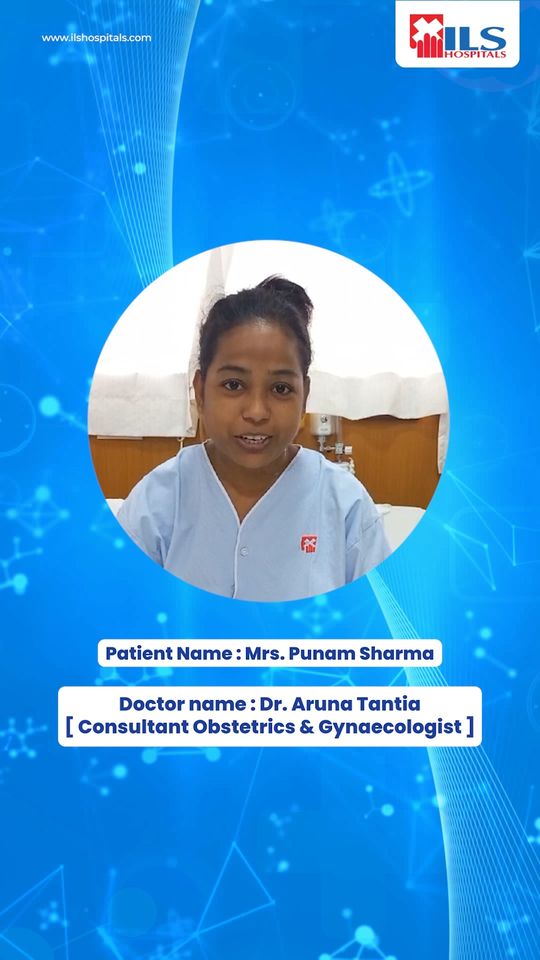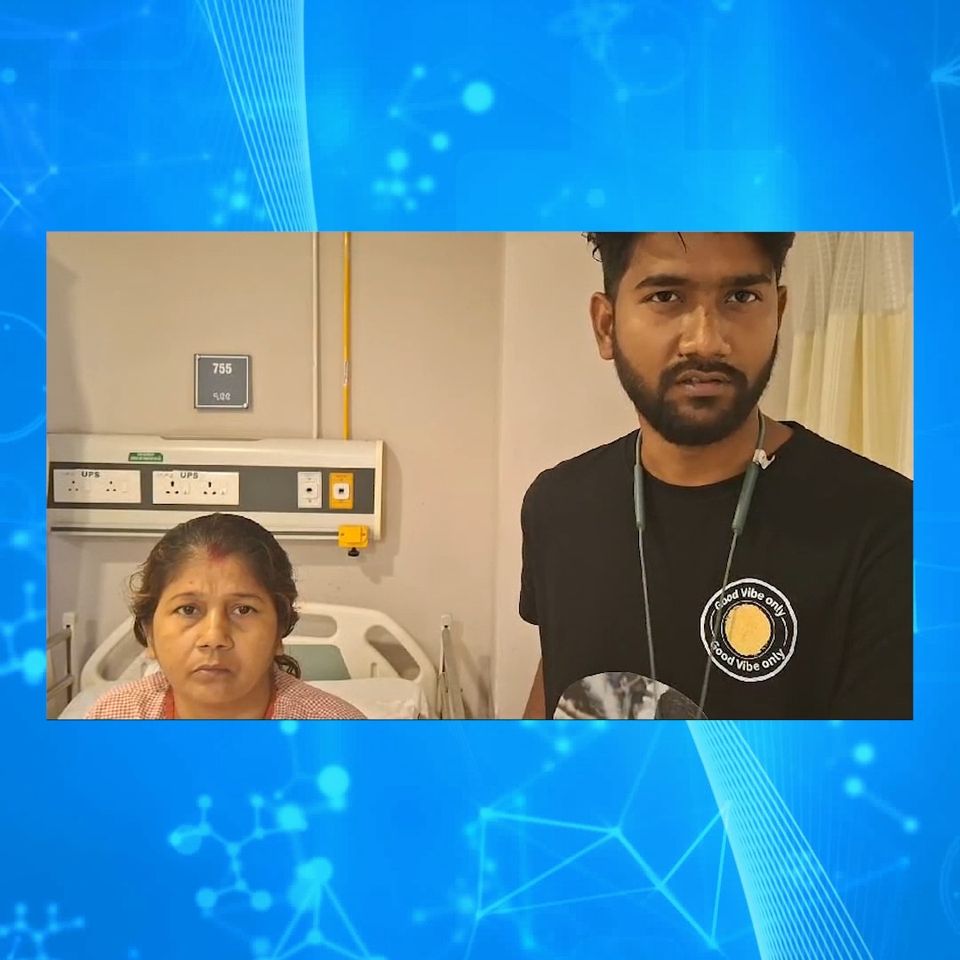Empowering Women’s Health: Tubal Ligation at ILS Hospitals
Dear Women, as we continue our journey in fostering women’s well-being, let’s explore the transformative procedure of Tubal Ligation – a significant gynaecological service provided with expertise and compassion at ILS Hospitals.
Understanding Tubal Ligation:
Tubal Ligation, commonly known as “getting your tubes tied,” is a surgical procedure designed for permanent female sterilization. This procedure involves blocking or sealing the fallopian tubes, preventing the eggs from reaching the uterus and, consequently, inhibiting fertilization. Tubal ligation is a highly effective method of contraception, offering a permanent solution for women who have decided not to have more children.
Indications for Tubal Ligation:
- Family Planning: Women who have completed their desired family size and wish to ensure permanent contraception often choose tubal ligation.
- Medical Reasons: In certain cases, tubal ligation may be recommended for medical reasons, such as preventing the transmission of genetic disorders that could be passed to offspring.
- Health Considerations: For women with certain health conditions, a healthcare provider may advise tubal ligation as a suitable contraceptive option.
The Tubal Ligation Procedure:
- Preoperative Evaluation: Before the procedure, a comprehensive evaluation is conducted, including a discussion of the patient’s medical history, overall health, and contraceptive goals.
- Anaesthesia: Tubal ligation is typically performed under general anaesthesia to ensure that the patient is comfortable and pain-free during the procedure.
- Surgical Approaches: There are different techniques for performing tubal ligation:
- Laparoscopic Tubal Ligation: This minimally invasive approach involves making small incisions in the abdomen through which a laparoscope and specialized instruments are inserted.
- Postpartum Tubal Ligation: Tubal ligation can be performed shortly after childbirth, often during a caesarean section.
- Mini-Laparotomy: A small incision is made near the navel, allowing the surgeon to access and block the fallopian tubes.
- Tubal Occlusion: The fallopian tubes are either blocked, sealed, or cut to prevent the passage of eggs.
- Closure: After tubal occlusion, the incisions are closed using sutures or surgical staples.
- Recovery: Recovery time varies based on the technique used. Patients are typically monitored in the hospital for a few hours to ensure proper recovery from anaesthesia.
Benefits of Tubal Ligation:
- Permanent Contraception: Tubal ligation provides a permanent solution for women who no longer wish to conceive.
- Highly Effective: Tubal ligation is one of the most effective forms of contraception, with a low failure rate.
- Hormone-Free: Unlike some other forms of contraception, tubal ligation does not involve hormones, making it suitable for women who may have contraindications to hormonal methods.
- Quick Procedure: The surgery is typically completed within a short timeframe, minimizing the time spent in the operating room.
ILS Hospitals’ Commitment to Gynaecological Excellence:
At ILS Hospitals, we understand the importance of providing women with choices that align with their family planning goals. Tubal ligation, when chosen, is performed with precision and care, ensuring that every woman receives personalized attention and optimal outcomes.















































